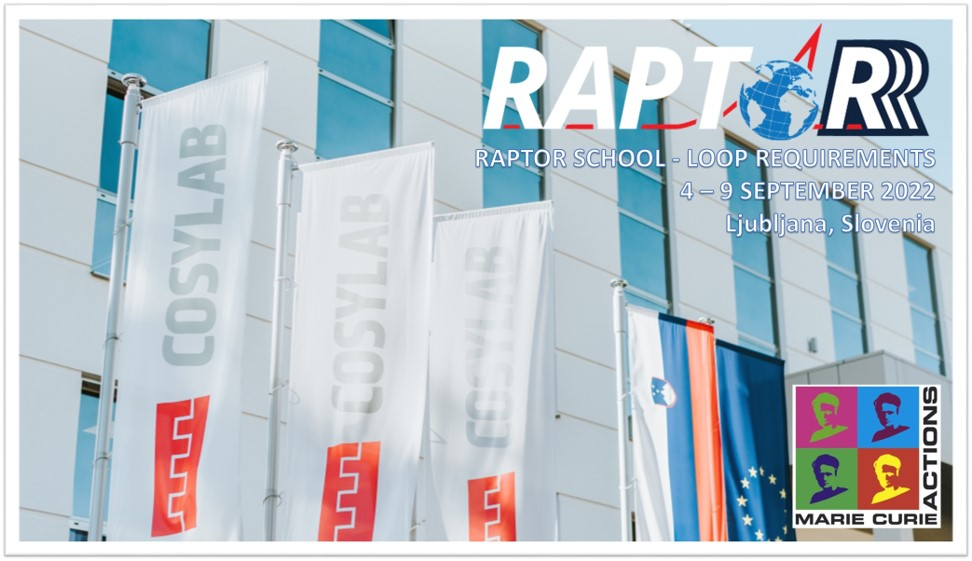Speaker
Description
Radiotherapy workflow assumed a linear sequence from intake to last treatment. Tasks were decoupled, without feedback and data was sparse. Adaptive radiotherapy (ART) presents data increase with feedback anywhere. Changes need to be processed within this changing context. Complexity management requires the use of up-to-date computing concepts.
We define two levels. The first concerns task automation given patient and objectives context. We ensure sequencing within context and return results to update the context. The second concerns task computations with changed inputs. Computational graphs model these and ensure minimal re-computations. DICOM Second generation real-world model and IHE-RO are specifications for our model.
The workflow collects data generated in task execution into a DICOM 2G RT Course instance which models the patient state. An interpreter uses the RT Course and objectives to produce new tasks. Tasks are posted on the network and accepted by compatible task providers. The task produces data, returned and added to the RT Course. DICOM models the correct interment of results in the RT Course and ensures data traceability. ART requires automation of, typically repetitive, tasks executions. This requires traceability of the computation chain and processed data. We use computational graphs to record these details. The graphs allow for sparse, optimal, re-computations given antecedent property changes.
We deployed a workflow environment and a task automation model consistent with ART requirements. Requirements include data immutability, traceability to antecedents and of computations. The environment uses a service-oriented architecture that allows for extensibility and complexity by decomposition into ``small'' tasks.

